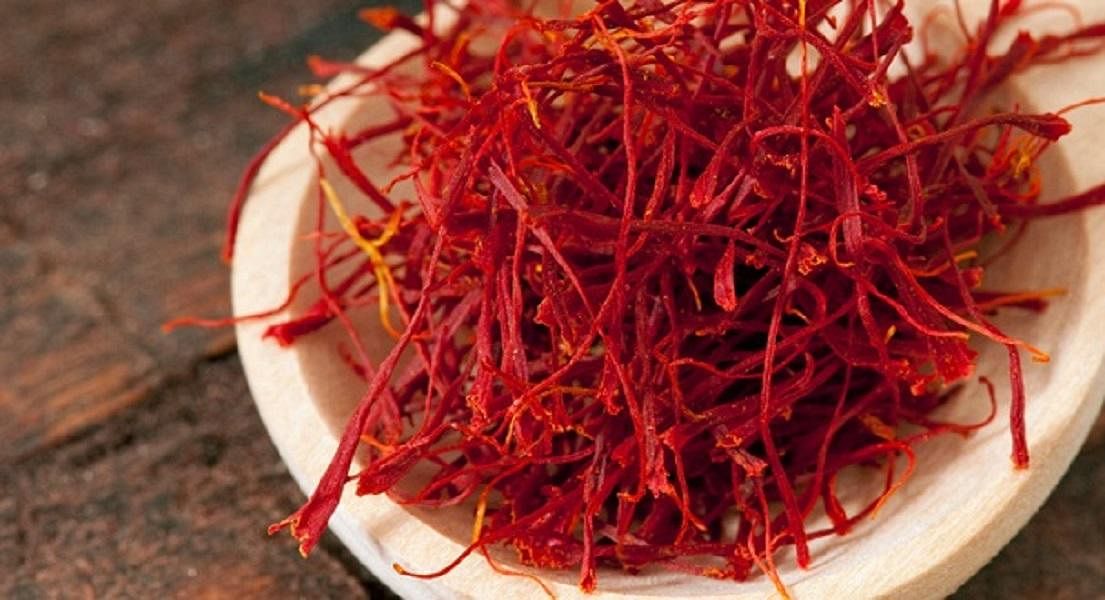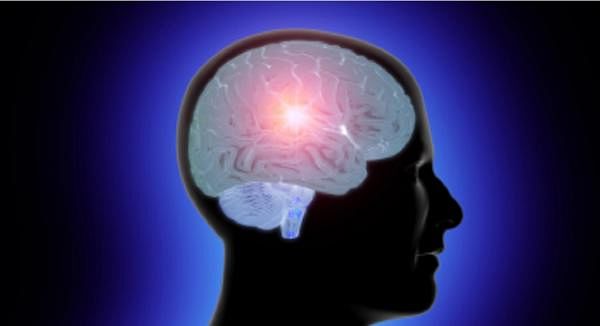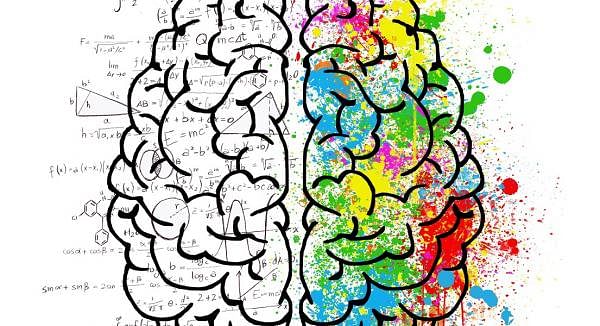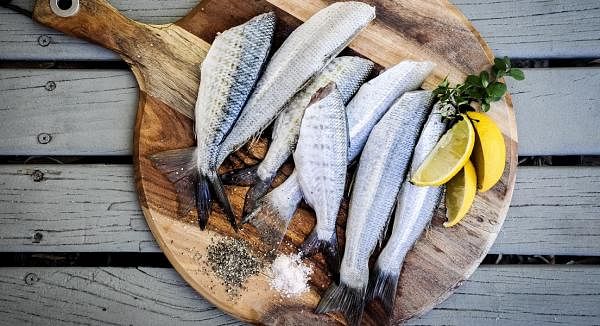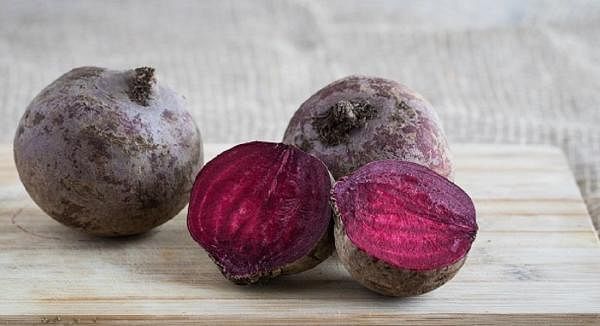Health Benefits of Saffron: Alzheimer’s, Depression & AMD
Why you can trust Nutri Advanced Every article on our site is researched thoroughly by our team of highly qualified nutritionists. Find out more about our editorial process.
Is saffron the new wonder spice?
The world’s most expensive spice has gained considerable attention in recent years for the mind-blowing health benefits it has been found to possess.
Like most botanical superstars that are only just getting their deserved recognition, saffron has a long history of use, as a revered culinary ingredient, vibrant hair and clothes dye and broad-spectrum medicinal aid.
This wonder spice may date as far back as 1500BC and is believed to have originated in West Asia, only finding its way to England in the fourteenth century when Cornish tin was traded for Spanish saffron.
Saffron comes from the dried stigmas of the purple Crocus sativus flower. With only three stigmas per flower (that can only be picked by hand) cultivating saffron takes some serious investment. It takes somewhere between 100,000 – 250,000 flowers to make just a pound of saffron1,2. Hence what makes it the world’s most expensive spice, and worth more than gold!
With a characteristic deep auburn colour (think orangey Buddhist robes), and a sweet, spicy and slightly bitter flavour (think classic Spanish paella), saffron is a versatile culinary spice that can be used in both sweet and savoury dishes. Fortunately, a little goes a long way and you only need to use a tiny amount in cooking, otherwise the bitter taste becomes slightly medicinal.
And it is saffron’s medicinal properties that have propelled it into the spotlight more recently, as science is finally catching up with traditional wisdom that has seen it used as an effective natural remedy for a range of health concerns.
Saffron stigmas contain four major bioactive compounds (crocins, picrocrocin, crocetin and safranal) and many powerful carotenoids, including zeaxanthin, lycopene, beta-carotene and polysaccharides. Collectively, these compounds are responsible for the health-enhancing properties of saffron2-4.
Modern pharmacological studies have demonstrated that extracts of saffron have anticancer, anti-inflammatory, antioxidant and antiplatelet effects5,6. And what’s particularly exciting is that recent clinical trials have suggested a potential use for saffron extracts in the treatment and prevention of Alzheimer’s disease7,8 and age related macular degeneration (AMD)9,10. Several studies and a recent meta-analysis have also confirmed that saffron is an effective treatment for depression when compared with widely prescribed anti-depressant medication11-19.
With mental health right at the forefront of public health interest and debilitating health problems such as Alzheimer’s disease and depression heading towards epidemic levels, the emergence of saffron as a beneficial natural ingredient backed by robust science is exciting news. With an impressive safety profile20 and a wide range of potential uses, it’s no wonder that saffron is being hailed as the new wonder spice.
The science behind saffron – at a glance
Alzheimer’s Disease (AD)
• In a 22-week double-blind study involving 54 adults with Alzheimer’s Disease (AD) aged 55 or older, participants were randomly assigned to receive 30mg saffron or 10 mg donepezil (drug widely used to alleviate symptoms or slow the progression of Alzheimer’s) daily. Saffron at this dose was found to have similar effects to donepezil in the treatment of mild to moderate AD after 22 weeks.
Depression
• Two randomized, double-blind, placebo-controlled trials found saffron to be effective for the treatment of mild-to-moderate depression.
• In four randomized, double-blind placebo-controlled trials, saffron had similar efficacy when compared to anti-depressant medication.
• In a 6-week trial, at a dosage of 30mg/day, extracts of saffron were as effective as fluoxetine (20mg / day) for the treatment of mild-to-moderate depression. In another trial, extracts of saffron (30mg/day) had similar anti-depressant effects to imipramine (100mg/day).
Age-related macular degeneration (AMD)
• Recently, a randomized clinical trial showed that in 25 patients with early AMD, 3 months dietary supplementation with saffron was able to significantly improve retinal flicker sensitivity (flicker sensitivity is reduced in eyes that go on to develop late AMD) compared to placebo, suggesting a protective effect of the compound.
References:
1. Schmidt M, Betti G, Hensel A. 2007. Saffron in phytotherapy: pharmacology and clinical uses. Wien Med Wochenschr 157: 315–319.
2. Melnyk JP, Wang S, Marcone MF. 2010. Chemical and biological properties of the world’s most expensive spice: Saffron. Food Res Int 43: 1981–1989.
3. Moghaddasi MS. 2010. Saffron chemicals and medicine usage. J Med Plants Res 40: 427–430.
4. Sampathu SR, Shivashankar S, Lewis YS, Wood AB. 1984. Saffron (Crocus sativus Linn.) — cultivation, processing, chemistry and standardization. Cr Rev Food Sci 20: 123–157.
5. Moshiri E, Basti AA, Noorbala AA, Jamshidi AH, Hesameddin Abbasi S, Akhondzadeh S. 2006. Crocus sativus L. (petal) in the treatment of mild-to-moderate depression: a double-blind, randomized and placebocontrolled trial.Phytomedicine 13: 607–611.
6. Wang Y, Han T, Zhu Y, et al. 2010. Antidepressant properties of bioactive fractions from the extract of Crocus sativus L. J Nat Med 64: 24–30.
7. Akhondzadeh S, Sabet MS, Harirchian MH, et al. 2010. Saffron in the treatment of patients with mild to moderate Alzheimer’s disease: a 16- week, randomized and placebo-controlled trial. J Clin Pharm Ther 35: 581–588.
8. Akhondzadeh S, Shafiee Sabet M, Harirchian MH, et al. 2010. A 22-week, multicenter, randomized, double-blind controlled trial of Crocus sativus in the treatment of mild-to-moderate Alzheimer’s disease. Psychopharmacology (Berl) 207: 637–643.
9. Falsini B, Piccardi M, Minnella A, et al. 2010. Influence of saffron supplementation on retinal flicker sensitivity in early age-related macular degeneration. Invest Ophthalmol Vis Sci 51: 6118–6124.
10. Piccardi M, Marangoni D, Minnella AM, et al. 2012. A longitudinal follow-up study of saffron supplementation in early age-related macular degeneration: sustained benefits to central retinal function. Evid Based Complement Alternat Med 2012: 429124
11. Hausenblas HA, Saha D, Dubyak PJ, Anton SD. 2013. Saffron (Crocus sativus L.) and major depressive disorder: a meta-analysis of randomized clinical trials. J Integr Med 11: 377–383.
12. Moshiri E, Basti AA, Noorbala AA, Jamshidi AH, Hesameddin Abbasi S, Akhondzadeh S. 2006. Crocus sativus L. (petal) in the treatment of mild-to-moderate depression: a double-blind, randomized and placebo-controlled trial.Phytomedicine 13: 607–611.
13. Akhondzadeh S, Tahmacebi-Pour N, Noorbala AA, et al. 2005. Crocus sativus L. in the treatment of mild to moderate depression: a doubleblind, randomized and placebo-controlled trial. Phytother Res 19: 148–151.
14. Akhondzadeh S, Fallah-Pour H, Afkham K, Jamshidi AH, Khalighi-Cigaroudi F. 2004. Comparison of Crocus sativus L. and imipramine in the treatment of mild to moderate depression: a pilot double-blind randomized trial [ISRCTN45683816]. BMC Complement Altern Med 4:
15. Akhondzadeh Basti A, Moshiri E, Noorbala AA, Jamshidi AH, Abbasi SH, Akhondzadeh S. 2007. Comparison of petal of Crocus sativus L. and fluoxetine in the treatment of depressed outpatients: a pilot double-blind randomized trial. Prog Neuropsychopharmacol Biol Psychiatry 31: 439–442.
16. Noorbala AA, Akhondzadeh S, Tahmacebi-Pour N, Jamshidi AH. 2005. Hydro-alcoholic extract of Crocus sativus L. versus fluoxetine in the treatment of mild to moderate depression: a double-blind, randomized pilot trial.J Ethnopharmacol 97: 281–284.
17. Shahmansouri N, Farokhnia M, Abbasi SH, et al. 2014. A randomized, double-blind, clinical trial comparing the efficacy and safety of Crocus sativus L. with fluoxetine for improving mild to moderate depression in post percutaneous coronary intervention patients. J Affect Disord 155: 216–222.
18. Modaghegh MH, Shahabian M, Esmaeili HA, Rajbai O, Hosseinzadeh H. 2008. Safety evaluation of saffron (Crocus sativus) tablets in healthy volunteers. Phytomedicine 15: 1032–1037
19. Mohamadpour AH, Ayati Z, Parizadeh MR, Rajbai O, Hosseinzadeh H. 2013. Safety evaluation of crocin (a constituent of saffron) tablets in healthy volunteers. Iran J Basic Med Sci 16: 39–46.
20. Hosseinzadeh H, Nassiri-Asl M. 2013. Avicenna’s (Ibn Sina) the Canon of Medicine and saffron (Crocus sativus): a review. Phytother Res 27: 475–483
This website and its content is copyright of Nutri Advanced ©. All rights reserved. See our terms & conditions for more detail.
Nutri Advanced has a thorough research process and for any references included, each source is scrutinised beforehand. We aim to use the highest value source where possible, referencing peer-reviewed journals and official guidelines in the first instance before alternatives. You can learn more about how we ensure our content is accurate at time of publication on our editorial policy.
Most Popular Articles
-
7 Surprising Ways To Support Your Magnesium
If you are displaying signs of a magnesium deficiency, here are 7 ways to boost your magnesium levels that are easy to incorporate into your daily life. -
5 Best Vitamin C Supplements Picked By Our Experts
Learn more about the different types of vitamin C, the different benefits you get from different types, and what you get for spending more on a good supplement. -
Top 5 Vitamins For Energy And Tiredness Picked By Our Experts
The 5 best and most important vitamins for energy & tiredness including B vitamin food sources & best supplement forms for energy. -
Benefits of Myo-Inositol for Polycystic Ovary Syndrome (PCOS)
In this research review article, we take a closer look at a lesser-known natural compound called myo-inositol that has been found to have significant potential to improve many of the prevalent features of PCOS. -
Top 10 Reasons to Give Your Kids Omega-3
Read the top 10 reasons that kids should have plenty of Omega-3- an essential fatty acid- including for depression, brain function, sleep & reading/maths skills.

